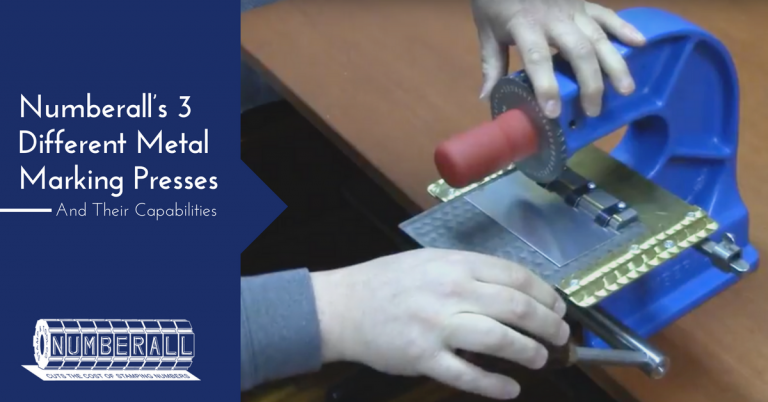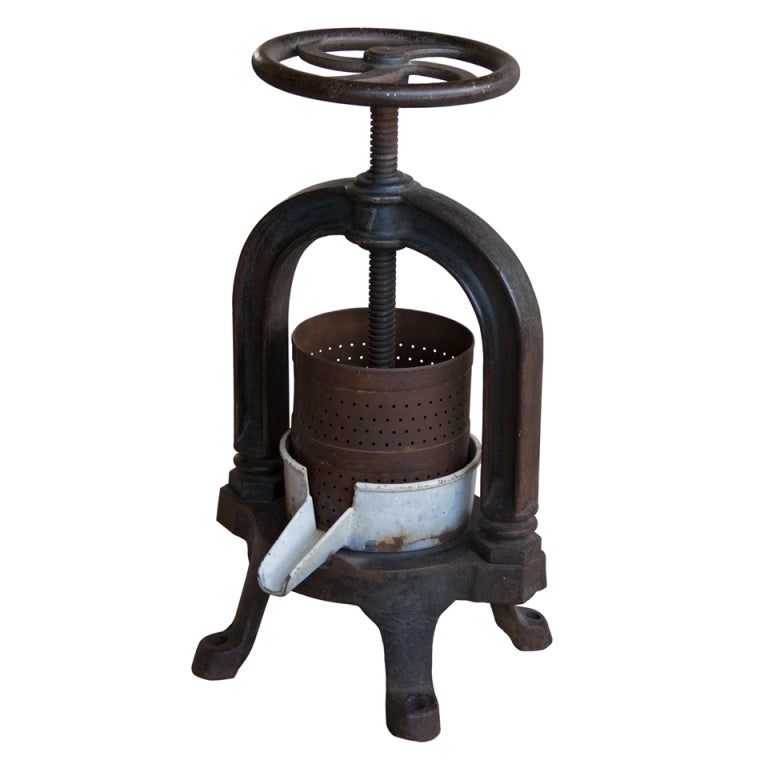
When deciding on letterpress printing, if a deep impression is the one thing that you really want, working with an antiquated printer is not the direction to explore. There are elements to working with metal and wood type that can be frustrating for the printer, as well as exhilarating, as one learns how previous craftsmen worked around the quirks of type. Some letters are charmingly awkward in a way that digital type is not, and many wood letters have an incredible texture to them. However, there are many wonderful qualities to hand set type, including an element of surprise that happens after the forme is locked up and the first print emerges from the press. It also does not produce perfectly crisp and even results, given that the type comes from a variety of backgrounds (some may be 100 years old, and some may be brand new from one of the few extant type foundries). In fact, the concept of a deep letterpress impression is a very recent development. It is not designed to produce a heavy impression in paper, as the type is soft and would be ruined. Letterpress printing with antique type has many distinct characteristics that may or may not be appealing to everyone. This is also true of many 19th century typefaces that are shaded, outlined or have lots of ornaments characters. Many small and intricate border and ornamental pieces are veritable designer candy some are so detailed and miniscule that they cannot be replicated in a magnesium or polymer plate. There are many interesting set up pieces (known as leads, slugs and quads) that help letterpress printers achieve really fantastic tricks, such as combining different point sizes of type together, setting type on curves and angles, and printing in multiple colors without altering the set up. Wood type is measured by ‘line’, or pica, and comes in a large variety of sizes. Thanks to the development of standards, type comes in common sizes ranging from 6 to 72 point in metal (give or take). Since letterpress is a relief printing process, the type is in reverse – hence the phrase “Mind your p’s and q’s.” 918″).Īll type is relatively similar in that it is the same height and has markings that help the user determine what typeface it is and what foundry produced it. The process of letterpress printing is virtually unchanged type and cuts (ornamental or image plates) are arranged and locked in place into a ‘chase’ (a metal frame that is inserted into the press), and can be used on any press that will take materials that are ‘type high’ (this standard measurement is. Type often reflected the trends of the day, from Victorian to Art Nouveau to clean, contemporary stylings of post war design. posters, broadsides and playbills, due to its lightweight nature. While metal type was ideal for commercial printing involving small type (like newspapers), wood type was the best option for larger projects, i.e. The type could be reused over and over as long as it was cared for and well-maintained.

Until very recently, much of this letterpress printing was accomplished using both metal and wood type, literally individual letters arranged to form words.

Invented by Johannes Gutenberg, it replaced handwritten calligraphy and was the popular form of printed text from the mid-15th century until the 19th century. Letterpress printing is the ‘relief’ printing of text and images using a press with movable type or plates, in which a reversed, raised surface is inked and then pressed into a sheet of paper. Letterpress printing was the standard method of printing for approximately 500 years prior to offset printing taking the reins in the twentieth century. Hi everyone! Jen here from Starshaped Press, and I’m here to talk about letterpress printing specifically using antique metal and wood type. This afternoon, we have Jen from Starshaped Press to talk about antique letterpress printing! I’ve asked some designers and printers to share their expertise and lots of photos to fill you in on what you need to know about different stationery printing methods.
#Antique large number press series#
While I’m away on vacation I’m running a series of guest posts on the various printing processes, from digital printing to engraving.


 0 kommentar(er)
0 kommentar(er)
